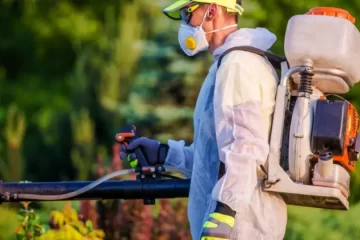How Durable Are Different Materials for Freestanding Tubs?
Freestanding tubs are a symbol of luxury and relaxation in modern bathroom design. But beyond their elegant appearance, one critical factor to consider is durability. The material of a tub directly impacts how well it resists wear, retains heat, and maintains its beauty over time. Here’s a breakdown of the most common materials used in freestanding tubs and how they measure up in terms of long-term durability.
1. Acrylic: Lightweight and Resilient
Pros
Acrylic is one of the most popular choices for bathtubs due to its balance of cost, weight, and performance. It is non-porous, which makes it resistant to mold, mildew, and staining. Acrylic tubs are also warm to the touch and retain heat fairly well.
Cons
While acrylic is resistant to cracking and chipping, it can scratch more easily than some other materials. However, most minor scratches can be buffed out with a repair kit.
Durability Rating: 7/10
2. Cast Iron: Heavy-Duty Longevity
Pros
Cast iron tubs are coated in a thick layer of enamel, making them extremely resistant to scratches, dents, and chips. They can last for decades with proper care and are excellent at retaining heat for long soaks.
Cons
They are extremely heavy and may require floor reinforcement for upper-level installations. The enamel can crack if struck with enough force, but this is rare.
Durability Rating: 9/10
3. Stone Resin: High-End and Hardy
Pros
Stone resin is a blend of natural stone and resin that creates a solid, stone-like material. It’s known for its high durability, scratch resistance, and ability to maintain its smooth, matte finish over time. It’s also excellent at retaining heat.
Cons
These tubs are usually more expensive and can be quite heavy. Repairing damage requires professional attention, though damage is rare.
Durability Rating: 8.5/10
4. Copper: Timeless and Tough
Pros
Copper is naturally antibacterial and resistant to corrosion. It develops a unique patina over time, which many homeowners find appealing. It’s also extremely durable and holds heat well.
Cons
The changing appearance may not be for everyone, and maintaining its original finish can require frequent polishing. It’s also one of the most expensive tub materials.
Durability Rating: 8/10
5. Solid Surface: Modern and Low-Maintenance
Pros
Solid surface materials are man-made composites that resemble stone. They are non-porous, stain-resistant, and easy to clean. Small nicks or scratches can often be sanded out, making them a practical choice for everyday use.
Cons
They can be more expensive than acrylic and are somewhat heavier. They require careful cleaning to avoid dulling the surface.
Durability Rating: 8/10
In the world of freestanding bathtubs, material selection plays a significant role in not just aesthetics, but long-term satisfaction. Homeowners need to consider factors like weight, maintenance, heat retention, and budget to determine the best fit for their needs.
Conclusion
Durability varies widely among freestanding tub materials, each offering a unique mix of strengths and drawbacks. Acrylic and solid surface options are great for low-maintenance durability, while cast iron and stone resin provide a high-end, long-lasting presence. Copper offers beauty and toughness with a bit more upkeep. By weighing these pros and cons, you can choose a freestanding tub that not only complements your design vision but stands the test of time.










